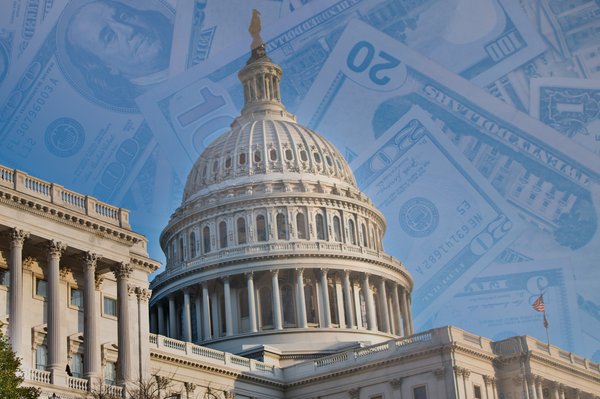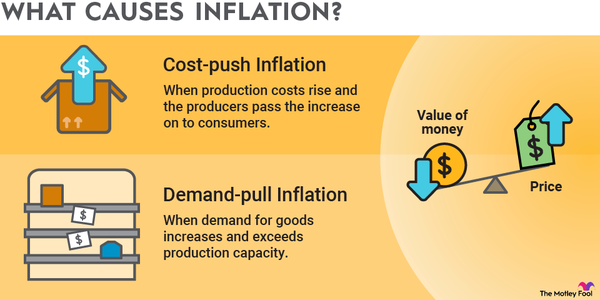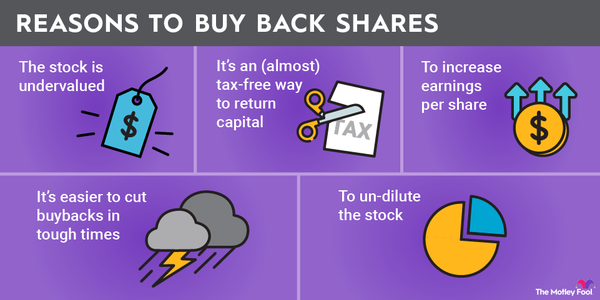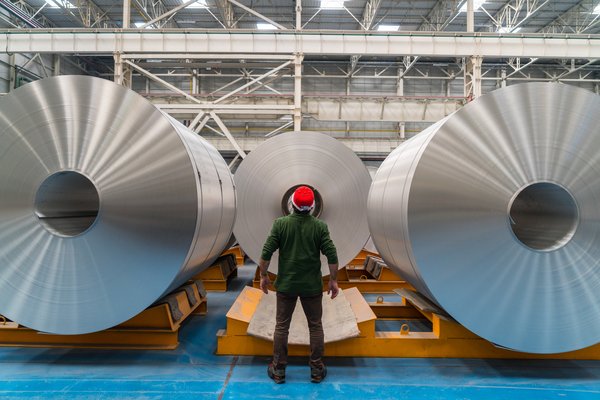Copper is the third-most-used metal in the United States, behind iron and aluminum, and imports make up 45% of refined copper consumption. This makes the metal and industries that rely on it susceptible to tariffs and other trade disruptions.
The Motley Fool has compiled data on copper imports to guide investors through potential trade volatility as the Trump administration considers tariffs on the metal.
Where does the U.S. import copper from?
The chart and table show sources of U.S. copper imports over time and a country-by-country breakdown of the type of copper exported to the U.S. in 2024.
Chile is the top source of U.S. copper imports (51%), followed by Canada (31%), Mexico (7%), Peru (5%), and Congo (2%).
- Refined copper accounts for the majority of U.S. copper imports from Chile.
- Canada exports a combination of refined copper, copper wire, and scrap to the United States.
- Mexico’s largest copper export to the United States is copper scrap.
- Peru and Congo mainly export refined copper to the United States.
Overall, refined copper makes up 72% of U.S. copper imports. Copper wire makes up 17%, and scrap makes up 11%.
Refined copper is used in electrical wiring, plumbing, and electronics. Copper wire is mainly used in power transmission, generation, and telecommunications. Copper scrap is recycled to manufacture new copper products.
How much copper does the U.S. produce?
The United States mined 1.1 million metric tons of copper in 2024 and refined 890,000 metric tons of copper. It has 47 million metric tons of copper in reserve.
Chile was the largest miner of copper in 2024, producing 5.3 million metric tons. It refined 1.9 million metric tons.
China was the largest copper refiner in 2024, pumping out 12 million metric tons of refined copper. Congo was the second-largest copper refiner that year by a wide margin, producing 2.5 million metric tons.
What investors should know about copper tariffs
In February 2025, President Trump announced a Section 232 investigation to determine if copper imports posed a threat to national security. The outcome of the investigation could result in tariffs on copper and derivative products, such as what has occurred with steel, aluminum, and automobile imports.
Tariffs, if applied to countries that are top exporters of copper to the United States, could disrupt commodity prices and market performance of companies in sectors that heavily rely on copper, including construction, utilities, telecommunications, and electronics manufacturing. Tariffs could also result in countermeasures from major exporters, such as Chile, Canada, and Mexico.
Investors should stay informed about the latest policy developments and market reactions to potential copper tariffs.
Sources
U.S. Geological Survey (2025). "Copper Statistics and Information."































































































